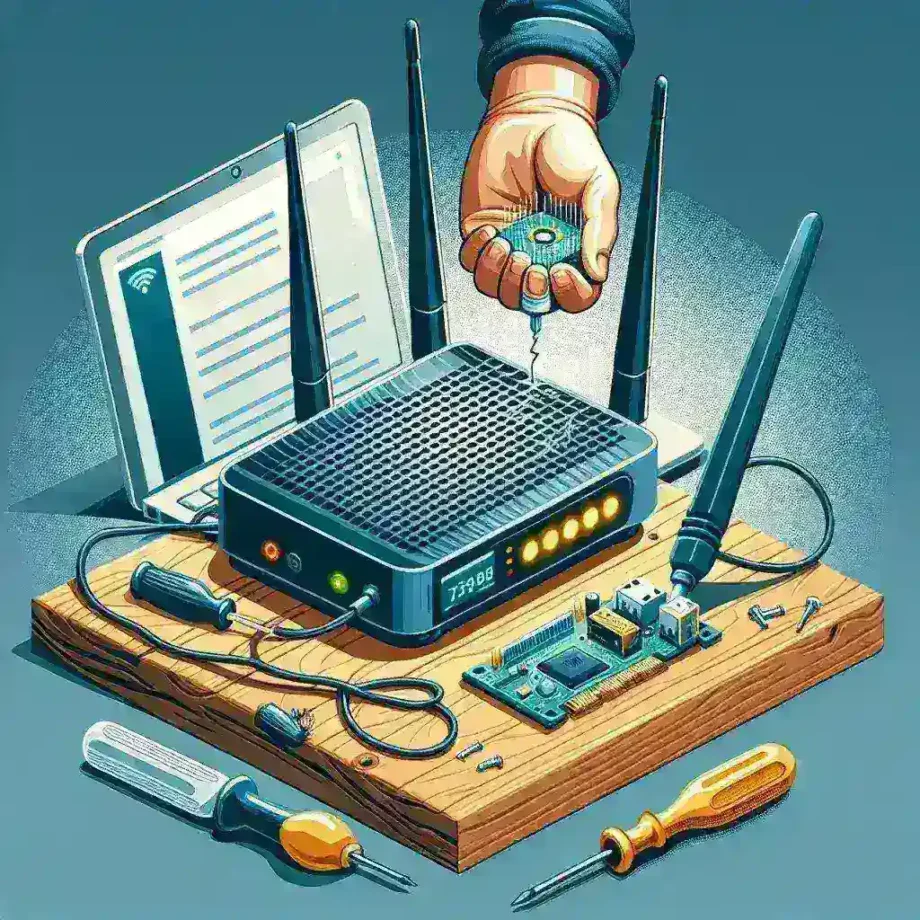
Is your router unexpectedly rebooting, causing disruptions in your internet connectivity? This issue can be incredibly frustrating, especially when it happens frequently. A router that keeps rebooting can be due to a variety of reasons, including hardware faults, firmware issues, or power supply problems. Thankfully, most of these issues can be resolved with some troubleshooting steps. In this article, we will explore comprehensive solutions to fix a router that keeps rebooting.
Common Causes of Router Reboots
Before jumping into the solutions, it’s essential to understand the common causes behind router reboot issues. Below are some typical reasons:
- Hardware Issues: Defects in router components.
- Firmware Bugs: Outdated or buggy firmware.
- Overheating: Excessive heat could cause the router to reboot.
- Power Supply Problems: Faulty power adapter or outlet.
- Network Congestion: Too much data being processed.
Step-by-Step Solutions
1. Check the Power Supply
A faulty power supply is one of the most common reasons for a router to reboot. Follow these steps:
- Inspect the Power Adapter: Check for any visible damage on the power adapter.
- Use a Different Outlet: Plug your router into a different power outlet.
- Replace the Adapter: Try using a different power adapter with the same voltage and current.
2. Update Firmware
Firmware updates often fix bugs and improve router performance. To update your router’s firmware, follow these steps:
- Visit the manufacturer’s website.
- Download the latest firmware version.
- Access your router’s admin panel (usually through a web browser).
- Navigate to the firmware update section and upload the downloaded file.
- Follow on-screen instructions to complete the update.
3. Check for Overheating
Routers can overheat due to inadequate ventilation. Here’s how to prevent it:
- Relocate the Router: Ensure your router is in a well-ventilated area.
- Clean the Device: Use a soft cloth to remove any dust buildup.
- Cooling Aids: Consider using cooling pads or external fans.
4. Reset the Router
Resetting the router to factory settings can sometimes fix reboot issues. Warning: This will erase all settings, so make sure to back up any important configurations.
- Locate the reset button (usually at the back of the router).
- Press and hold the reset button for about 10-15 seconds.
- Release the button and wait for the router to restart.
- Reconfigure your settings using the admin panel.
5. Reduce Network Congestion
Heavy network traffic can cause your router to overload and reboot. Here’s how to reduce congestion:
- Limit Device Connections: Disconnect unnecessary devices from the router.
- Quality of Service (QoS): Enable QoS settings to prioritize essential traffic.
- Bandwidth Management: Set up bandwidth limits for specific applications or devices.
6. Contact Customer Support
If you’ve tried all the above steps and your router keeps rebooting, it might be time to contact customer support. They can provide further diagnostics and may recommend a replacement if the device is faulty.
Here is a tabular summary of the solutions:
| Possible Cause | Solution |
|---|---|
| Power Supply Issues | Inspect and replace the adapter, try a different outlet |
| Firmware Bugs | Update router firmware |
| Overheating | Improve ventilation, clean router |
| Hardware Faults | Reset to factory settings or replace hardware |
| Network Congestion | Limit device connections, enable QoS |
Conclusion
A router that keeps rebooting can be a sign of various underlying issues, from power supply problems to firmware bugs. By systematically troubleshooting each potential cause, you can identify and resolve the problem, ensuring a stable and reliable internet connection. If all else fails, don’t hesitate to reach out to customer support for further assistance.
